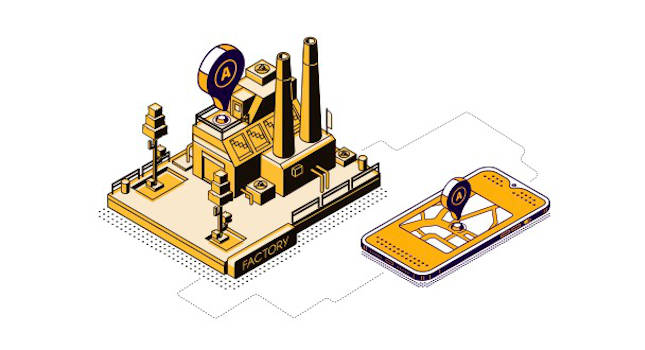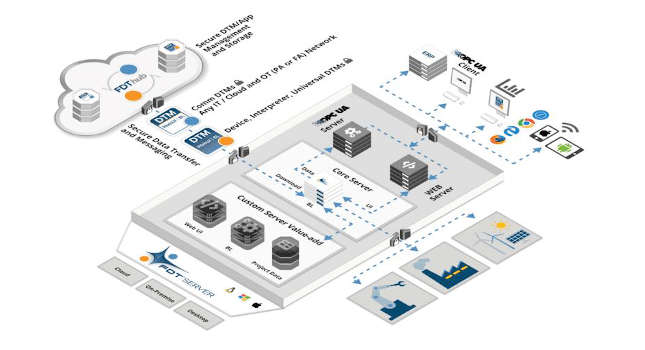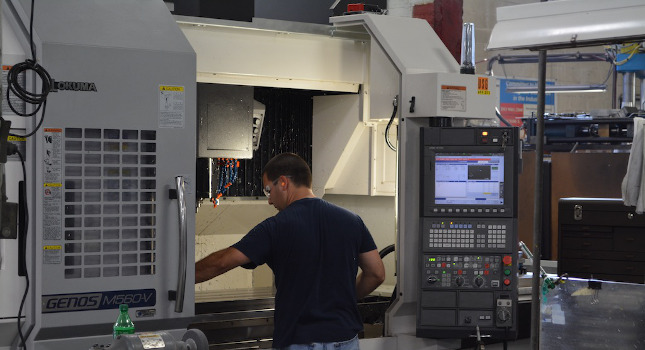The PS Vita is the closest facsimile yet to a full-size console experience in the palm of your hand. This review gives my assessment of the PS Vita’s capabilities and potential, separated into good and bad.

Thanks to Sony Computer Entertainment America, I’ve been fortunate enough to check out the new PS Vita portable game console for the last week. That’s not a misnomer, this handheld device is the closest facsimile yet to a full-size console experience in the palm of your hand, and was officially released for sale in the US today. This review gives my assessment of the PS Vita’s capabilities and potential, separated into good and bad.
First, the Bad:
- User Interface – I have to agree with a few of the other opinions out there that the UI is an odd compromise between trying to be a touchscreen device and a portable gaming handheld, that strikes a cumbersome balance. Curiously, when not actively running a game, the UI forces you to take your hands (or thumbs) off of the physical controls (D-pad, sticks, buttons) to use the touchscreen in order to navigate the interface and make selections. While I can understand giving people the option to do so, especially in the age of consumer familiarity with touchscreens on smartphones and tablets, it seems a bit odd. Not only would navigating via the physical controls that are so conveniently positioned faster and easier, but also it also ignores that the traditional handheld audience that Sony is courting with this device is quite accustomed to this paradigm. It would seem much more effective to offer both methods of control – let consumers navigate the interface in whichever mix of methods work best and fastest for them, without forcing them into one or the other.
- This switch to touchscreen-only interaction with the UI when not gaming also interferes with something that the PS Vita does extremely well – application switching. The only issue is that what could be a fast app-switching experience is hampered by having to take your thumbs off the stick/pad/buttons they’re already on, to use the touchscreen once you’ve pressed the PS button to jump out of whatever application you’re in. There’s no need technically for this to be the case, and it runs counter to fast and intuitive control and UI principles – a user would have a faster and snappier experience by not having to leave the “grip” of the physical controls they are already using for gaming.
- The last complaint about the UI is that it introduces extra steps everywhere – in many cases it takes two, sometimes three touches to execute what you need. Handheld gamers are accustomed to fast, direct, easy execution. Though the PS Vita offers more expansive capabilities than any handheld in the history of the category, the UI could use some streamlining to improve the speed/convenience of the user experience.
- Battery life is an issue for the PS Vita, roughly three-plus hours per charge in my usage. While better than some smartphones on full gaming-level power consumption, it is still challenging for a product in the portable gaming category. Aftermarket power solutions and consumer familiarity with the power consumption of the charge-hungry modern smartphone are likely to address this drawback.
- Lastly, total cost of ownership is quite expensive for the PS Vita, with proprietary memory cards and other accessories. The device itself is considered pricey by consumers, at $249 for the least expensive, WiFi-only version, and $299 for the version that includes 3G cellular data connectivity (plus applicable data plan from local provider). Games are $30-$50. Overall the cost is not that different from buying a full Playstation 3 and Xbox 360 and associated games. With the PS Vita competing against a consumer shift towards gaming on portable devices such as smartphones and tablets, the Vita ecosystem’s pricing will be a challenge to its success. I expect that there will price cuts or bundle deals on the Vita by year-end 2012 at the latest, and possibly as soon as E3 2012. Powerful quad-core, 4.3”-4.7” 720p HD-display-equipped smartphones that will launch on US carriers at the $199-$249 subsidized price range in late spring and early summer, are being announced shortly at Mobile World Congress 2012. In my opinion, at its current pricing the PS Vita risks being marginalized by top-end smartphones, and by even similarly-priced, full-sized consoles such as Sony’s own Playstation 3, in today’s budget-conscious consumer environment.
With that out of the way, now on to the The Good:
- Application switching and general OS reliablity are rock solid. Being able to jump in and out of a game, switching to the browser, viewing photos, or any of the functions the Vita is capable of, is generally flawless – the OS and quad-core ARM Cortex A9-based CPU have yet to crash, pause, hang or do anything except provide snappy, error free performance.
- The OLED screen is excellent, with high levels of contrast and saturation. It is the best display you have ever seen on a portable gaming device, period.
- Games are only in their first generation, but already show that this is the best portable gaming device ever created in terms of power and capabilities. Uncharted: Golden Abyss is an excellent example of providing a next-generation handheld gaming experience. It’s hard to use the term “immersive” when talking about gaming on a handheld, but Uncharted’s gameplay, visuals, and audio, combined with the Vita’s display, are an engaging experience.
- Hardware capabilities are unmatched. It bears repeating that Sony packed this device with a great deal of features, ensuring its long-term potential. Between the quad-core processor, front and rear cameras, capacitive touch-sensitive back, and dual analog sticks, the full potential for new and innovative portable gaming experiences has yet to be touched – developers are still finding new ways to take advantage of the Vita’s feature mix. Virtual reality games utilizing the front and rear cameras are in their first generation but give an interesting look into some of the groundbreaking potential that exists in the featureset of the Vita.
- Popular apps are available for the Vita, with Foursquare, Flickr, Netflix, Twitter, Facebook, Skype, and more to come. A caveat, however, is that some of these apps still lack polish –the Netflix app, for example, is laggy and prone to crashing/hanging. I expect that the app list will continue to expand and that these first-generation app issues will go away with updates and revisions. Applications add weight to Sony’s argument that the Vita is quite a bit more than just a handheld.
- The cross-platform, multi-screen potential for the PS Vita is considerable, and can be a strong argument to justify the PS Vita’s high price if Sony chooses to take full advantage. Currently, the Vita offers cross-platform gaming with the PS3 on selected titles, and can function as an enhanced controller for the PS3. Should Sony expand the Vita’s capabilities to include all of the same multi-screen, multi-device integration features being incorporated into its smartphones and tablets (remote control for Bravia TVs, voice control input device, game controller for games on Sony connected video devices, second/third screen functionality, etc.), the company could easily position the Vita as the ultimate accessory for the tentpoles of Sony’s connected video ecosystem – Playstation 3 and its connected TVs and BD players.
Conclusion
Overall, the PS Vita is the most advanced, most capable handheld gaming device ever created, and offers substantial capabilities and potential on an excellent OLED display. It faces two significant challenges in its pricing as well as a consumer preference shift towards mobile gaming on smartphones, that will likely necessitate a price cut from the company. Despite some issues with the UI, neither the hardware, the games, or the device’s capabilities are the issue – the PS Vita is a powerful device offering the best handheld gaming experience yet. The real issue is that the portable gaming market has been changing over the past five years, as indicated by sales declines in the handheld category for both Sony and Nintendo.
To make the PS Vita relevant and even successful in an age of powerful, similarly-priced alternatives, Sony will need to exercise price aggression and push the limits of the PS Vita’s ability to integrate, control, and enhance other elements of the Sony CE device ecosystem. It has the potential to be something substantially more than a portable gaming device – it’s now up to Sony to follow through and execute on delivering the rest of this potential.



